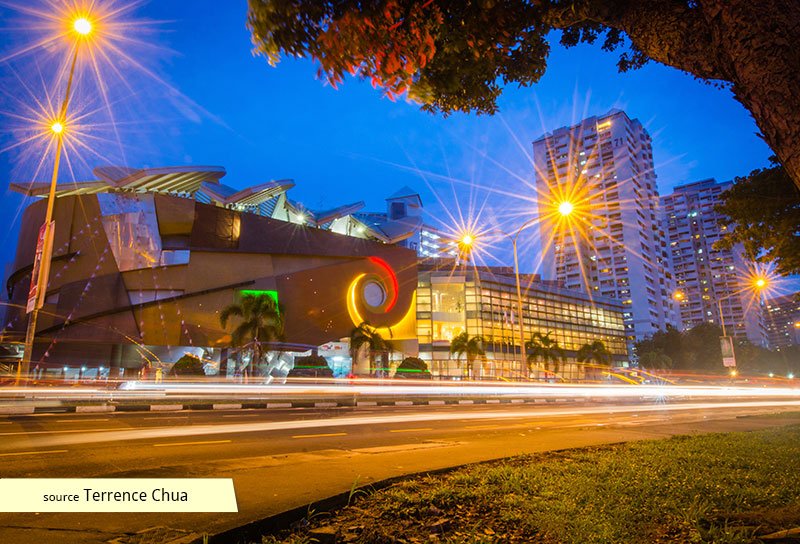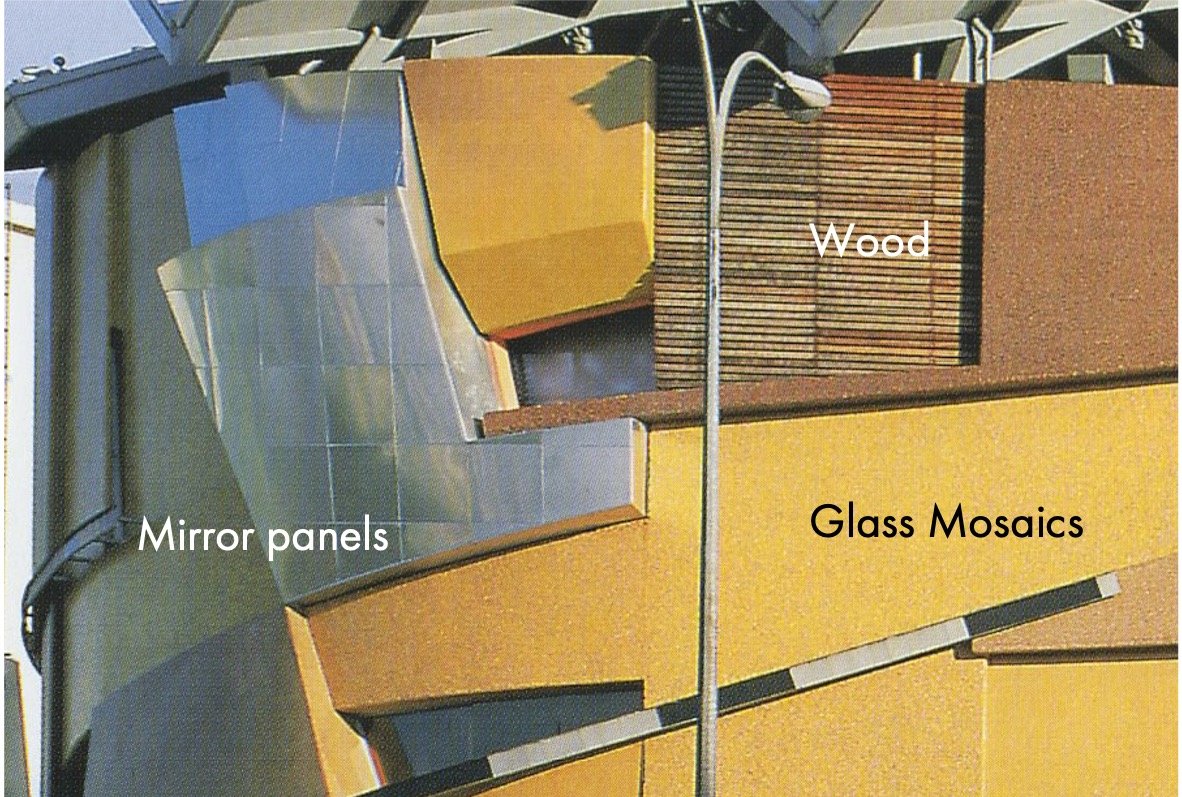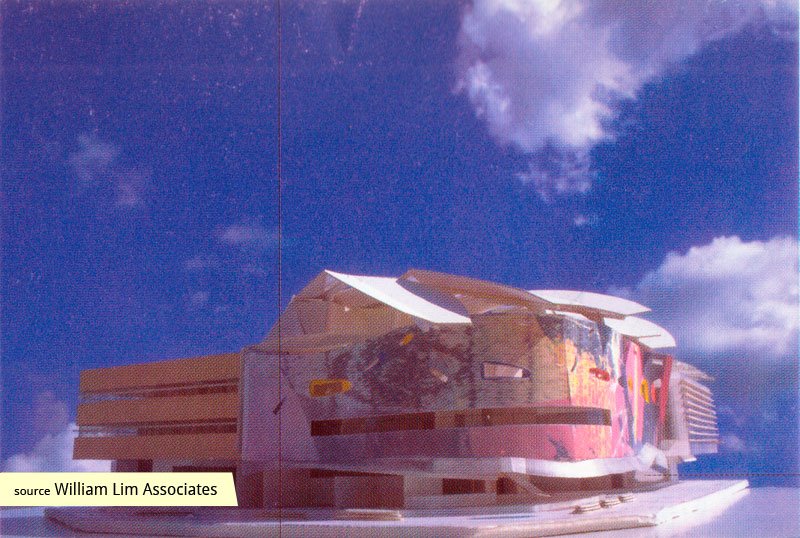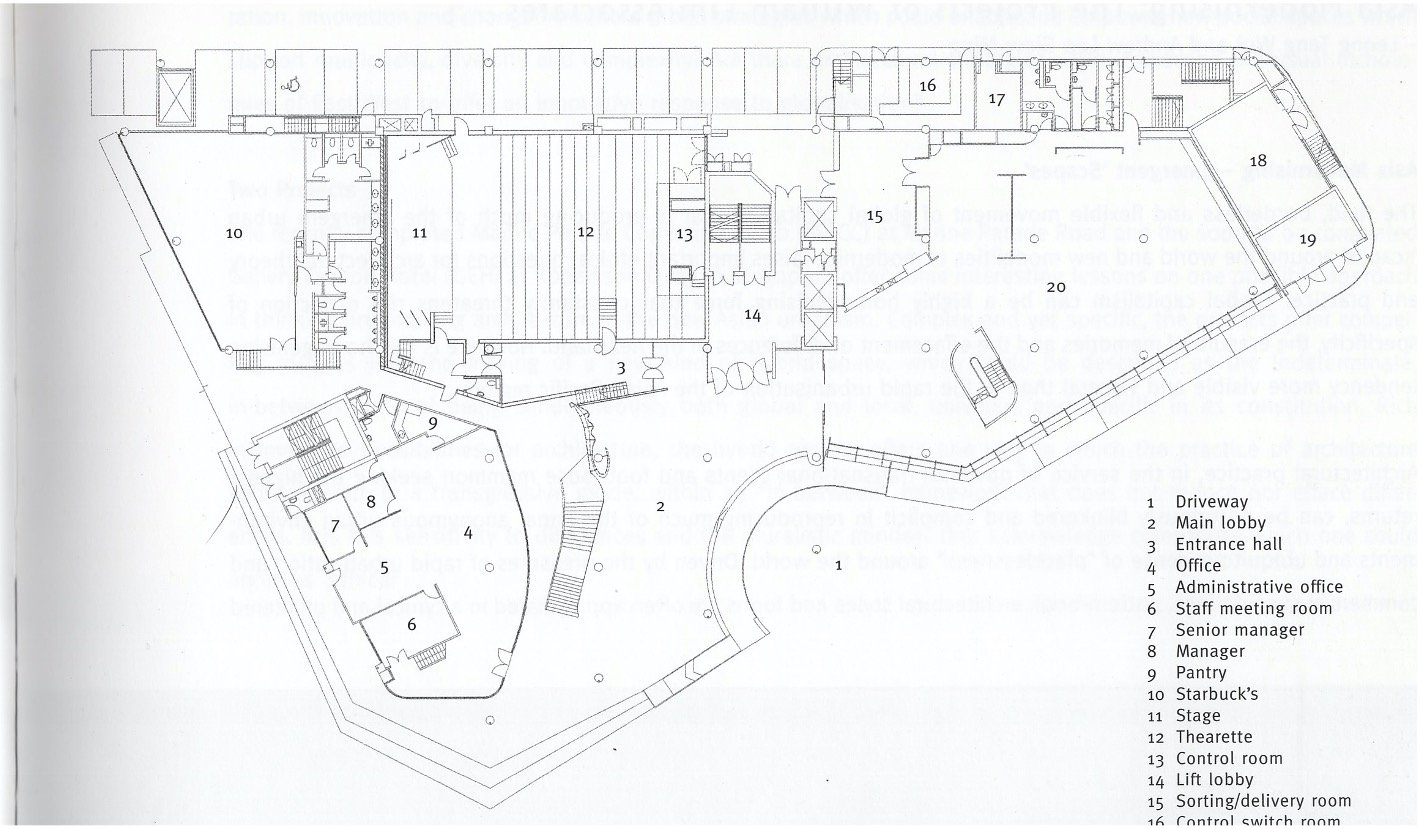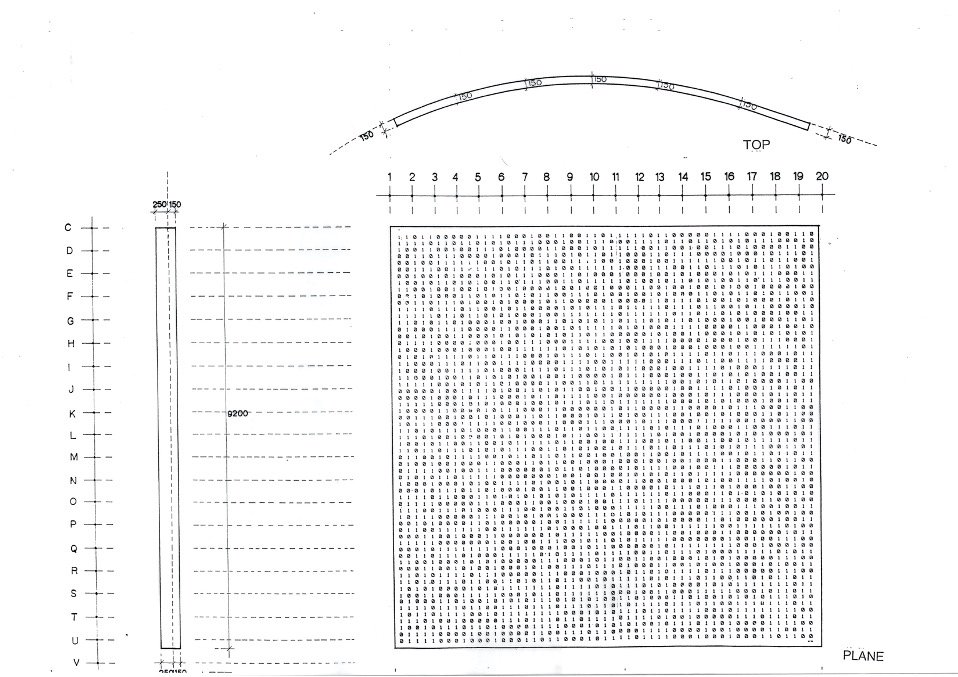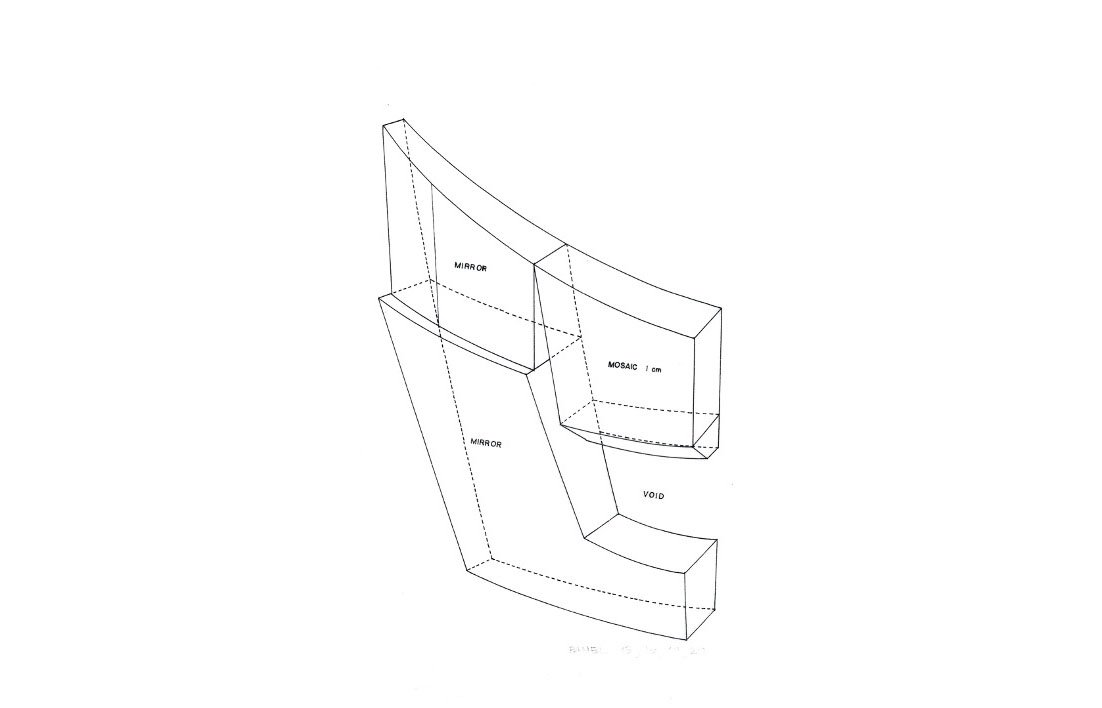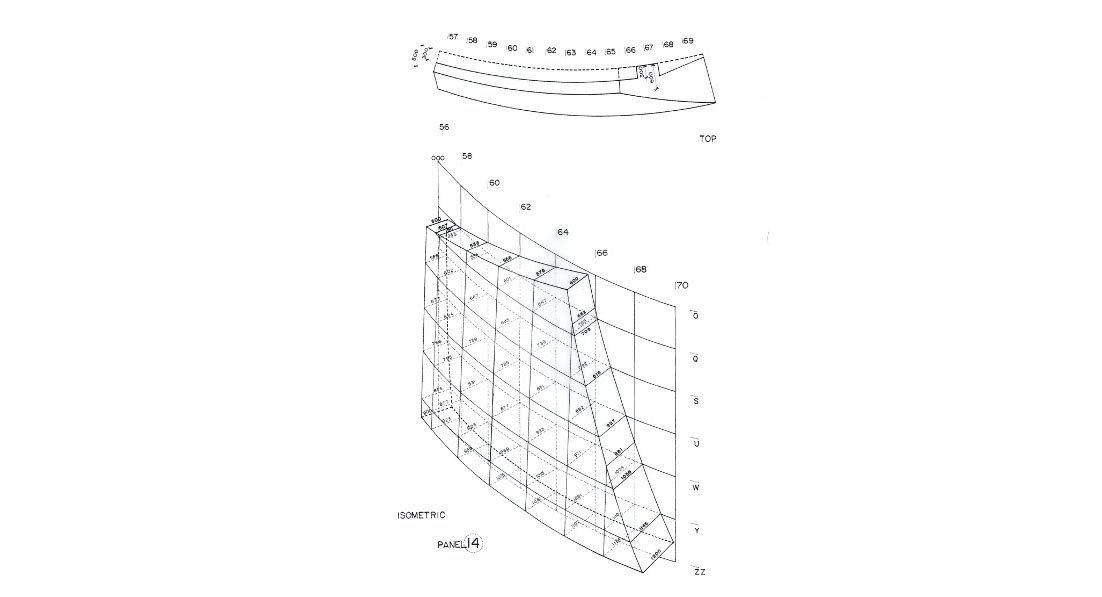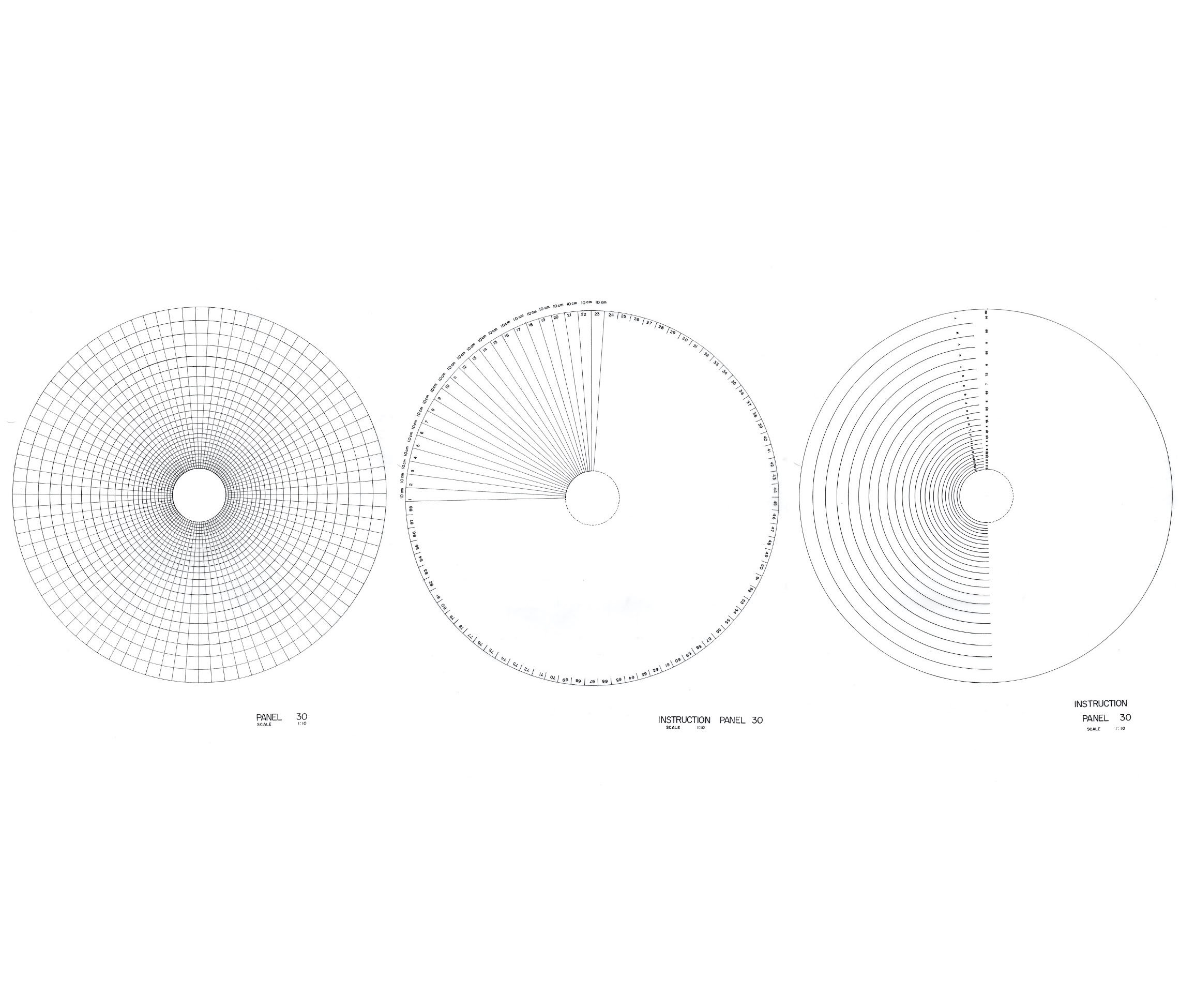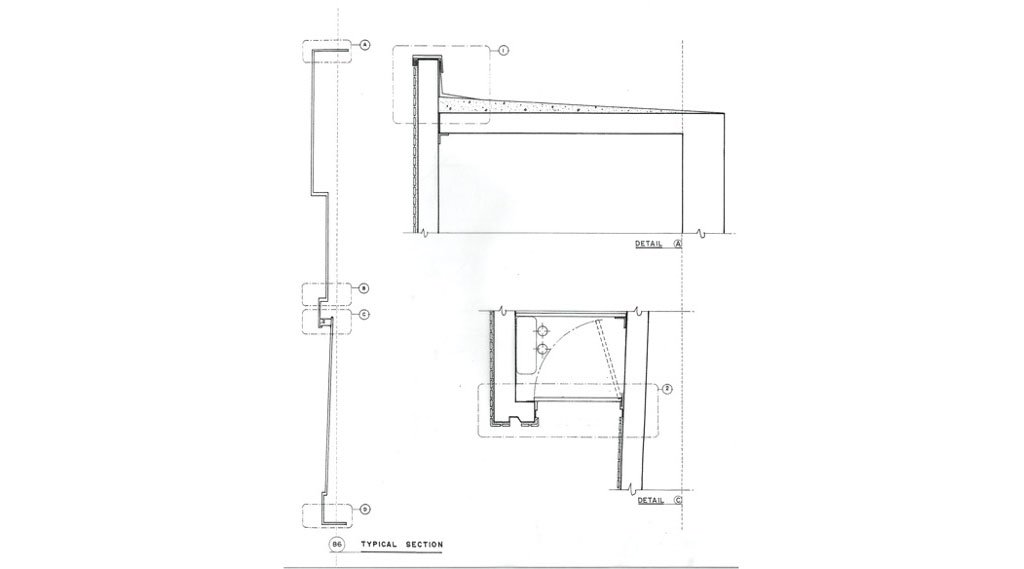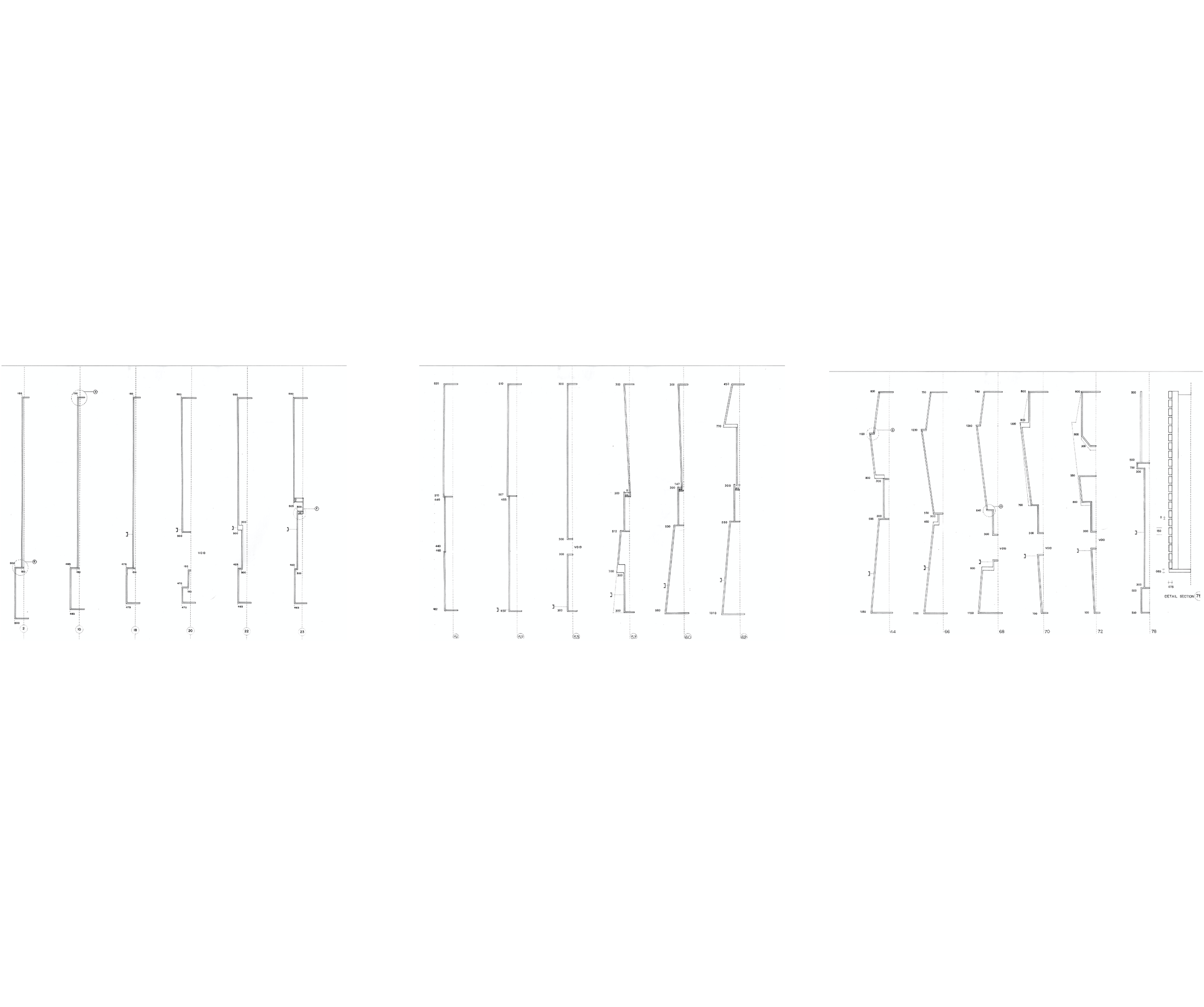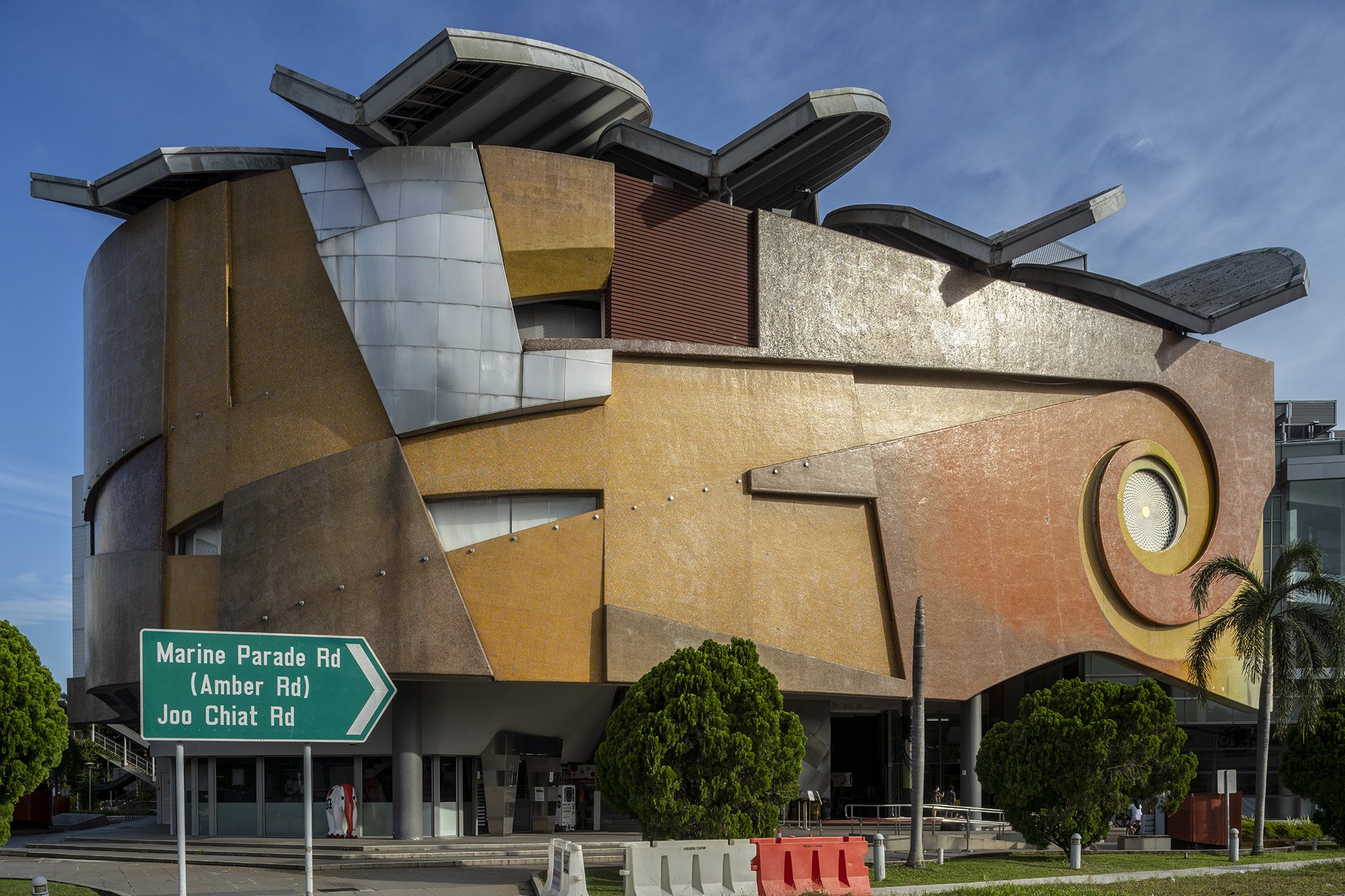Docomomo Singapore Statement on the proposed demolition of Marine Parade Community Building (MPCB)
As an international non-profit organisation vested in the documentation and protection of significant 20th century sites and neighbourhoods, Docomomo Singapore is highly concerned about the impending destruction of Marine Parade Community Building (MPCB) - a building and artwork of high architectural, artistic, social and historical value (Straits Times, “Marine Parade Community Building and its mural wall to go, despite calls to retain them”, 10th October 2022).
Photo credit: Darren Soh
Completed in 2000, the MPCB was a forerunner in the progressive Community Club Co-location scheme, an idea mooted by then Prime Minister Goh Chok Thong, who was also Member of Parliament for Marine Parade GRC. Helmed by pioneer architect and urbanist William Lim, the experimental “Post Modern” design and expressive mural art wall signalled an inclusive and engaging outlook for a new generation of Community Clubs. With its diverse programming including a library and The Necessary Stage – the rare arts venue in the east – as well as imageable design, it became an endearing community and cultural node, and a proud urban landmark of Marine Parade.
1.September 1998
2.November 1998
3.January 1999
4.March 1999
5.Close up of wall markings
6.How guniting is carried out
Private collection photos.
It also represented an era of government policy of bringing the Arts to the community. The MPCB features the largest mural art piece in Singapore, measuring a sweeping 63m by 12m. Conceived by Thai architect Surachai Yeamsiri, the mosaic artwork titled ‘The Texturefulness of Life’ is the winning scheme among 66 entries of an ASEAN-wide art competition – the first, and possibly only one of such scale held for a community institution in Singapore. The mural art was executed by skilful mosaic artisans and installed on high-tech lightweight concrete panels. When completed, the MPCB was feted by local and international architectural critics, cited by some scholars as a ‘defining structure’ of that generation of Community Clubs (CCs).
Docomomo Singapore representatives had a meeting with People’s Association (PA) leadership and grassroots community leaders at the MPCB on 17th August 2022 to make a case for the retention and restoration of the mural art wall, and adaptive reuse of the building.
Based on schematic layout plans shared by PA after the meeting, we note that the interior room layout and structural grid are not very different between the new plans and the existing ones. In fact, the new building boundary could be tweaked slightly to fall within the existing mural wall envelope, in order to retain it. The second storey plan shows a large void space above the ground floor community plaza (which is largely similar to the existing spatial layout) with only a small portion abutting the mural art wall extent demarcated as ‘activity rooms’. In this case, there are existing horizontal window openings on the mural wall that would provide natural daylight to these rooms. Furthermore, the localised Underground Pedestrian Linkway in the basement could be shifted slightly to accommodate the mural wall footprint as well.
Maintenance issues have also been cited by the PA as a key reason why the mural art façade could not be retained. From the preliminary visual assessment conducted by Docomomo Singapore on 17th August 2022, the mural art wall appears to be in reasonably good condition with only some localised deterioration due to normal wear-and-tear. However these are solvable technical issues - there are much older exterior mosaic artworks in worse condition that has been restored. Many conservation projects include the development of design detail enhancements and technical maintenance guidelines to address recurring maintenance problems; this could similarly be carried out for MPCB.
Docomomo Singapore recommends retaining and restoring the entire mural art wall in-situ as a technically viable and cost-effective option, compared to dismantling or replication options studied by PA. Taking this approach one step further, retaining the CC’s existing concrete structure and restoring the existing mural wall while carrying out interior retrofitting - may even be possibly more cost effective than total tear down and re-build. In the true spirit of ‘adaptive reuse’ seen in PA’s own HQ buildings at the Old Kallang Airport and the former Victoria School, this would be a much more environmentally sustainable approach for the MPCB upgrading project.
Moving forward, given the high artistic value of the public artwork, we recommend that a separate government funding be set aside to carry out programmed maintenance that is appropriate for an artwork, which is different from normal building maintenance that may inadvertently cause damage. Discussions on maintenance funding possibilities with URA or other relevant authorities can be carried out. This proposed policy reform not only alleviates the financial burden from the community grassroots organisations, but also safeguards the art value and ensure its longevity.
Regardless of demolition or conservation with A&A, we strongly recommend the adoption of the international good practice to undertake documentation of buildings of special architectural and historical interest, prior to any upgrading or redevelopment. In the case of the MPCB, this should include a high resolution full digital 3D photogrammetric scan of the mural art wall, architectural documentation of the existing MPCB, design/historical archival research and oral history records (including interviews with the original design architect, Mr William Lim, designer and builders of the mural art wall, as well as MPCB users and residents). The resultant database should be made publicly accessible, as an invaluable resource for future interpretative showcase (such as artwork or gallery) or scholarly research. Selected parts of the mosaic artwork could be physically preserved as artefacts, to showcase the delicate materiality and intricate tiling technique.
Photo credit: Darren Soh
The conservation of Jurong Town Hall, the former Subordinate Courts building, and Golden Mile Complex in recent times comes with the recognition that these modern buildings are architecturally significant and embody values embraced by many Singaporeans. Established in 1960 to promote social cohesion, the People’s Association, and the community centres/clubs it manages, are similarly an important part of Singapore’s post-war modern heritage.
Likewise, PA’s architectural legacy in the form of the buildings it has commissioned - many bearing distinctive designs by pioneer local architects - are closely interwoven with Singapore’s post-independence history. The architectural evolution of CCs - from rudimentary timber structure in the 1960s to the architecturally distinctive ones in the later decades - bear testimony to Singapore’s progress in community building and social cohesion. CCs are therefore valuable cultural assets to PA’s ability to carry out its mission, and not a liability. It is now timely to carry out a comprehensive survey and assessment of CCs, and identify those that possess significance and earmarked them for conservation, or sensitive upgrading to minimise design, heritage and social impact.
In the case of the MPCB, many may consider a 22-years-old building too young to be considered as heritage. However, given the ever-shortening and wasteful cycle of development and demolition driven by expediency and profit, it is never too soon to identify and safeguard buildings that are well-recognised for their historical, social, and architectural significance, and undertake environmental and heritage impact assessment prior to any proposals for drastic alterations or redevelopment. Representative buildings of this era would in time become the architectural heritage of future generations, if well taken care of. On the environmental front, it could in fact be argued that 22 years is too short for a sustainable building lifecycle.
The youths of today care deeply about environmental issues and having a sense of belonging. This is a great opportunity for PA to demonstrate thought leadership, moving beyond utilitarian facility management to embrace a values based approach, to engage the younger generation.
More importantly, taking this courageous step forward will also place PA as a forward-thinking national institution that truly values community building (in the literal and metaphorical sense), and a responsible steward of Singapore’s built environment and heritage.
